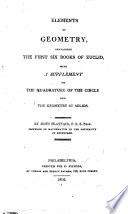 | John Playfair - Mathematics - 1806 - 320 pages
...hypothesis A=mB, therefore A=mnC. Therefore, &c. QED PROP. IV. THEOR. IF the first of four magnitudes have the same ratio to the second which the third has to the fourth, and if any equimultiples whatever be taken of the first and third, and any whatever of the second and... | |
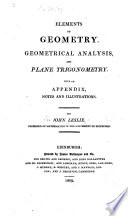 | Sir John Leslie - Geometry, Plane - 1809 - 522 pages
...exactly resemble the changes usually effected in the reduction of equations. According to Euclid, " The first of four magnitudes is said to have the same...being taken, and any equimultiples whatsoever of the aecmxd and fourth ; if the multiple of the first be less than that of the second, the multiple of the... | |
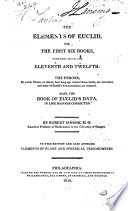 | Euclid - Geometry - 1810 - 554 pages
...as therefore E is to G, so isc F to H. Therefore, if the first, &c. QED C0R. Likewise, if the first have the same ratio to the second, which the third has to the fourth, then also any equimultiple!; 1 3. 5. b Hypoth. KEA GM L' FCDHN whatever of the first and third have... | |
 | John Mason Good - 1813 - 714 pages
...of the second, and the other of the fourth. Prop. IV. Thecir. If the first of four magnitue!p| lias the same ratio to the second which the third has to the fourth; then any equimultiples whatever of the first and third shall have the same ratio to any equimultiples... | |
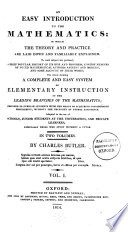 | Charles Butler - Mathematics - 1814 - 540 pages
...comparison of one number to another is called their ratio ; and when of four giren numbers the first has the same ratio to the second which the third has to the fourth, these four numbers are said to be proportionals. Hence it appears, that ratio is the comparison of... | |
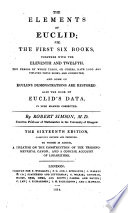 | Euclides - 1814 - 560 pages
...the first, &c. QED A 33 CV C J> Boo' V. PROP. IV. THEOR. SeeN. IF the first of four magnitudes has the same ratio to the second which the third has to the fourth; then any equimultiples whatever of the first and third shall have the same ratio to any equimultiples... | |
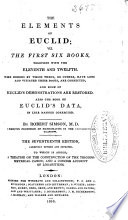 | Euclides - 1816 - 588 pages
...fourth D. 1f, therefore, the first, &c. QED A CD 2.5. BouK V. See N. If the first of four magnitudes has the same ratio to the second which the third has to the fourth ; then any equimultiples whatever of the first and third shall have the same ratio to any equimultir... | |
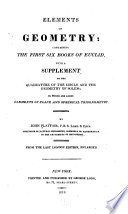 | John Playfair - Circle-squaring - 1819 - 350 pages
...A = mB, therefore A~mn C. Therefore, &c. Q, ED PROP. IV. THEOR. If thefirst of four magnitudes has the same ratio to the second which the third has to the fourth, and if any equimultiples whatever be taken of thefirst and third, and any whatever of the second and... | |
 | John Mason Good - 1819 - 910 pages
...to the fourth, and if any equimultiples whatever he taken of the first and third, and any whatever of the second and fourth ; if the multiple of the first be equal to the multiple of the second, the multiple of the third will be equal to the multiple of the.... | |
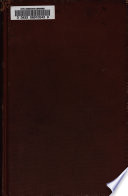 | Euclid - 1822 - 222 pages
...be defined, is still a subject of controversy among geometers. Euclid defines them thus: The Jirst of four magnitudes is said to have the same ratio...fourth, when any equi-multiples whatsoever of the Jirst and third being taken, and any equi-multiples whatsoever of the second and fourth being taken,... | |
| |